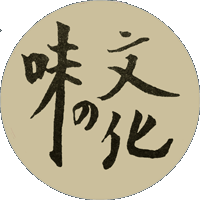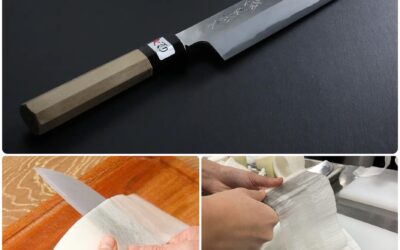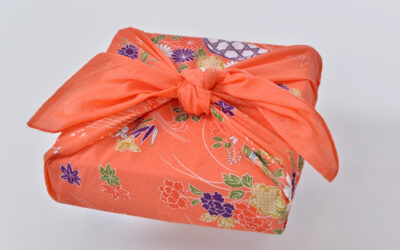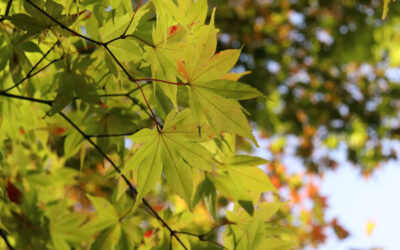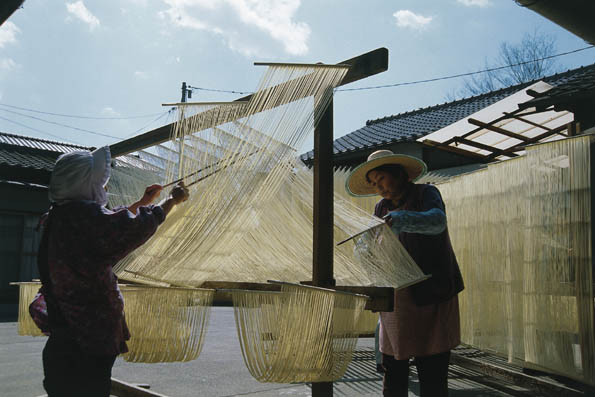
Hand-Stretched Noodles
手延べ素麺 TÉNOBÉ SŌMEN
As the heat and humidity of summer settles in, appetites begin to wane. That’s when chilled sōmen noodles provide solace. Indeed, sōmen have been refreshing heat-weary Japanese since at least the 8th century.
Sōmen noodles are made from a wheat flour and salt-water dough that quite elastic — it is well-kneaded to activate the gluten. Today, most hand-stretched sōmen is machine-assisted; these machines mimic the way people used to do it by hand. The dough is first pressed into a thin sheet from which a coil is formed. The coil is then wound in a figure eight pattern around parallel sticks.
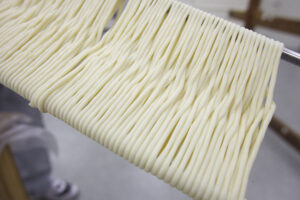
The sticks, in turn, are g-e-n-t-l-y pulled to stretch the dough thinner and thinner. The stretched noodles are then hung over a rack and allowed to dry before being cut into shorter lengths.
The resulting dried noodles are rather brittle, thin sticks. They are packaged in bundles of about 50 grams each (intended to be a single, small serving.) Sōmen noodle production has traditionally been a cold-weather activity, beginning in November and going through March. Finished noodles are allowed to “age” in the warehouse for a year or more. Indeed, some believe that aged noodles are better than freshly made ones.
Historically, commercial production has been centered in the wheat-growing areas of the Inland Sea, primarily the Sanuki region (modern-day Kagawa and bits of Eihime and Tokushima prefectures on the island of Shikoku).
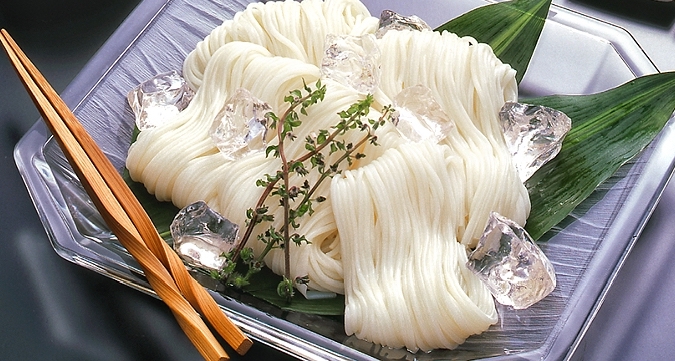
Sōmen Noodles, and the TANABATA Connection
Tanabata, also known as the Star Festival, marks the time when celestial movements bring the stars Altair and Vega together across the Milky Way. Using today’s solar (Gregorian) calendar, most places in Japan celebrate the festival on July 7. A few places, such as Sendai in the Tohoku region coordinate festivities to the koyomi (ancient lunar calendar) celebrating Tanabata early in August.
Sōmen noodles are associated with Tanabata in several ways: When stretched sōmen are set to dry on racks, the noodles look like threads on a loom (the warp and woof of Orihime’s woven cloth) and flowing on the plate the thin noodles resemble the Milky Way (Ama no Gawa 天の川).
